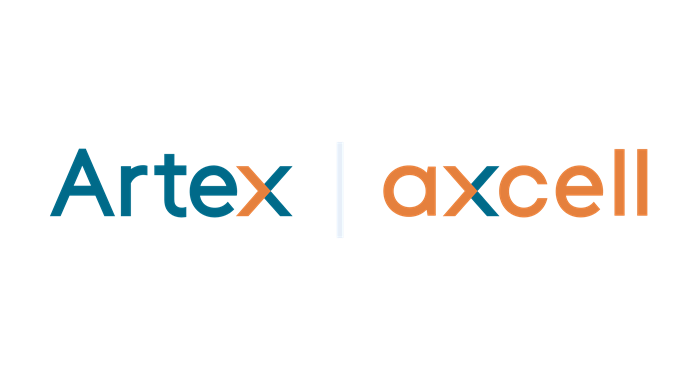Artex launches Axcell PCC protected cell company in Vermont for onshore arrangements

Artex, the captive, alternative risk transfer, insurance-linked securities (ILS) facilitation and capital solutions subsidiary of Gallagher, has announced the launch of its first Vermont protected cell company, named Artex Axcell PCC (Vermont), Inc.
With Vermont a burgeoning captive risk transfer hub, Artex is turning to the state to launch a United States onshore option for its clients.
But the Artex Axcell PCC (Vermont) structure offers optionality to more than just those seeking captive solutions, it can also be used to facilitate access to capital markets backed sources of insurance and reinsurance capacity, the company explained.
Other Artex Axcell protected cell facilities are commonly used for ILS and cat bond activity, or as transformers to transact risks with capital markets investors.
“PCCs have been one of the most important evolutions in the captive insurance marketplace in recent years, and we are thrilled to serve clients through our latest Artex Axcell PCC,” explained Jennifer Gallagher, CEO of Artex, North America.
“With Vermont now established as the largest captive domicile globally, we selected Vermont as part of our U.S. onshore strategy but also to complement our global offering,” added Barry White, Executive Vice President, Sales, Analytics and Advisory for Artex, North America.
The Vermont PCC structure is designed to provide Artex clients with an alternative platform to support their risk transfer needs, onshore in the United States.
Artex Axcell PCC (Vermont) was formed in April 2024 and as well as providing a way for companies to control their own insurance program and gain benefits from captive ownership without the same cost and capital requirements of a wholly-owned vehicle, it also has broader use-case potential.
Artex said that, “Additionally, the PCC gives cell participants the flexibility to choose between incorporated and unincorporated cell structures, access to reinsurance and capital market capacity, cash flow benefits, and much more.”
Protected cell structures (PCCs) are utilised within the insurance-linked securities (ILS) space to house collateralized reinsurance arrangements, affording all of the ringfencing and segregation required to satisfy transactions that transfer risks and feature ILS funds or institutional investors as risk capital and reinsurance providers.
A cell facility like Artex’s Axcell allows multiple users to enter into different risk transfer activities through a single legal entity, with cells acting like a traditional captive insurance company, but efficient in speed of set-up, operating costs and exit costs, Artex said.
“This efficiency means that each cell can also act as a special-purpose vehicle with a single objective for a specified duration. The assets and liabilities of each cell are segregated and protected from those of the other cells, both by statute and by contract,” the company further explained.
Artex rebranded its cell facilities and transformer offering as Artex Axcell last year, which included the structures it most commonly used for clients seeking to enter into collateralized reinsurance or private catastrophe bonds.
Onshore US ILS structures are rarely seen utilised in the market, as most ILS transactions tend to gravitate towards offshore domicile usage.
But, there are some institutional investors in the US that cannot transact as readily with an offshore domicile and we’ve seen private funds or structures established onshore specifically to meet the needs of large pensions and investors that are only able to enter into arrangements with vehicles that are domestically domiciled.
It’s likely this structure will see far more use as a captive warehouse, but it is another option that may prove appealing to certain use-cases, where onshore is the preferred approach for ILS-related transactions.






